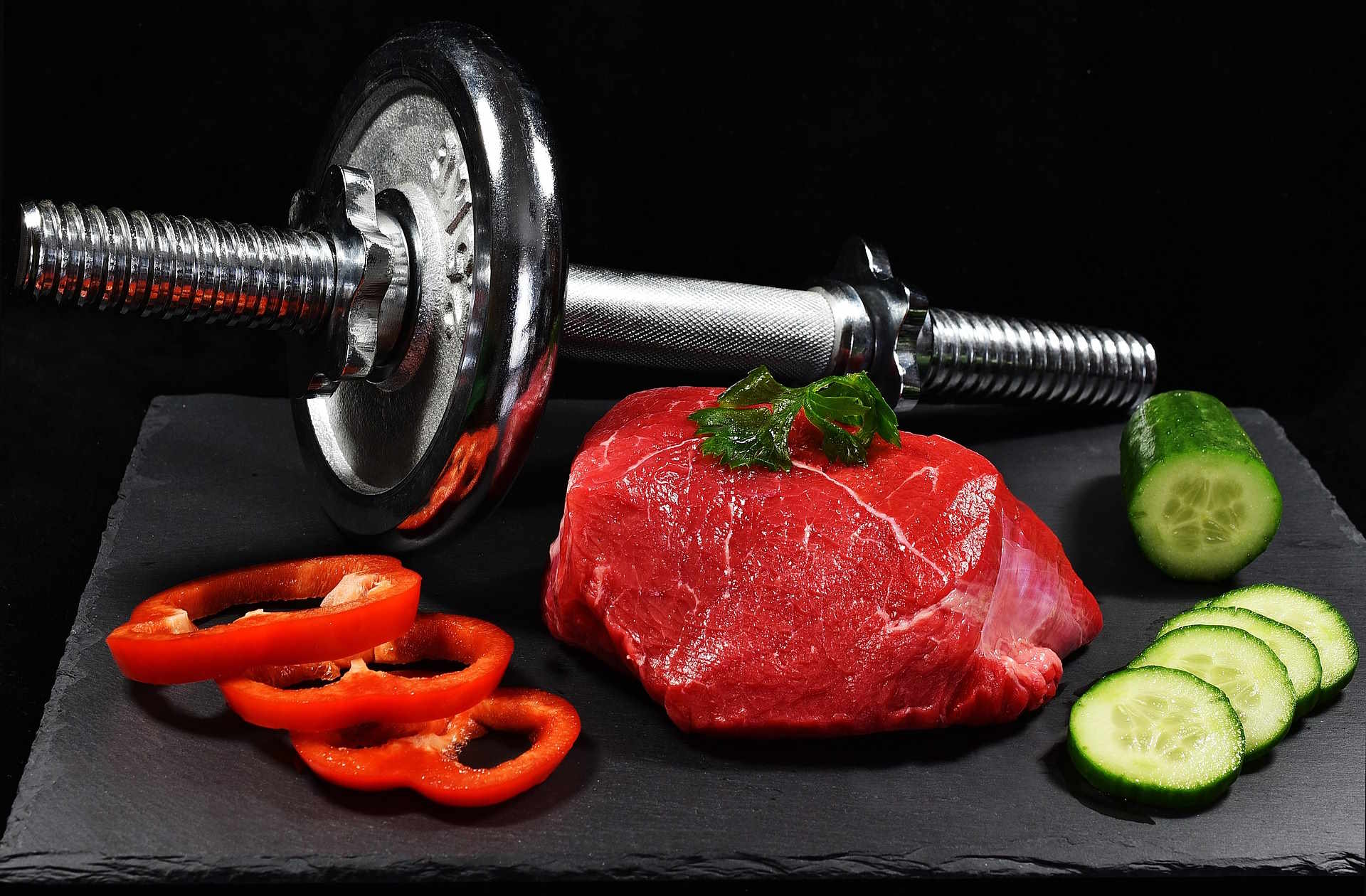Chrono-Nutritional Fitness: Timing Meals for Peak Performance
The intersection of nutrition and fitness has long been a focal point for health enthusiasts and athletes alike. However, a revolutionary approach is gaining traction in the wellness world: chrono-nutritional fitness. This innovative concept goes beyond what we eat, delving into when we consume our meals for optimal physical performance and body composition. By aligning our eating patterns with our body's natural circadian rhythms, chrono-nutritional fitness promises to unlock new levels of athletic achievement and metabolic efficiency. As this field rapidly evolves, it's reshaping our understanding of the intricate relationship between time, food, and fitness.
For instance, insulin sensitivity is typically higher in the morning, meaning our bodies are better equipped to handle carbohydrates earlier in the day. Conversely, protein synthesis peaks in the evening, suggesting that consuming protein-rich meals later might be more beneficial for muscle growth and repair. Understanding these temporal fluctuations in our metabolism forms the foundation of chrono-nutritional fitness.
Optimizing Meal Timing for Exercise Performance
One of the core principles of chrono-nutritional fitness is strategically timing meals around workouts to maximize performance and recovery. This approach goes beyond the traditional pre- and post-workout nutrition guidelines, taking into account the body’s varying energy needs throughout the day.
For morning exercisers, consuming a light, easily digestible meal rich in complex carbohydrates about an hour before working out can provide sustained energy without causing discomfort. After the workout, a protein-rich breakfast can support muscle recovery and help maintain stable blood sugar levels throughout the day.
Those who prefer afternoon or evening workouts might benefit from a different strategy. A balanced lunch a few hours before exercise can provide the necessary fuel, while a protein-heavy dinner afterward can aid in overnight muscle repair and growth.
Aligning Macronutrient Intake with Circadian Rhythms
Chrono-nutritional fitness advocates for distributing macronutrients throughout the day in a way that aligns with our body’s natural rhythms. This approach suggests front-loading carbohydrates in the first half of the day when insulin sensitivity is at its peak, gradually transitioning to more protein and healthy fats as the day progresses.
For example, a chrono-nutritional meal plan might include a carbohydrate-rich breakfast, a balanced lunch, and a dinner focused on lean proteins and vegetables. This pattern aims to optimize energy utilization, improve metabolic function, and support overall fitness goals.
Fasting Windows and Metabolic Flexibility
Incorporating strategic fasting periods is another key aspect of chrono-nutritional fitness. Time-restricted feeding, where all daily meals are consumed within a specific window (typically 8-12 hours), has shown promising results in improving metabolic health and body composition.
By aligning eating periods with our natural circadian rhythms, time-restricted feeding can enhance metabolic flexibility – the body’s ability to switch between using carbohydrates and fats for fuel. This improved metabolic adaptability can lead to better energy management during workouts and more efficient fat burning throughout the day.
Customizing Chrono-Nutritional Approaches
While the principles of chrono-nutritional fitness provide a general framework, it’s essential to recognize that individual variations in circadian rhythms exist. Factors such as chronotype (whether someone is naturally a “morning person” or a “night owl”), work schedules, and personal preferences all play a role in determining the most effective chrono-nutritional strategy.
Fitness professionals and nutritionists specializing in chrono-nutrition work with clients to develop personalized eating plans that consider these individual factors. This tailored approach ensures that the timing of meals and workouts aligns not only with general circadian principles but also with each person’s unique lifestyle and biological rhythms.
Practical Implementation and Challenges
Adopting a chrono-nutritional fitness approach requires careful planning and often a significant shift in eating habits. For many, it may mean rethinking deeply ingrained meal patterns or adjusting work and social schedules to accommodate new eating windows.
One common challenge is maintaining consistency, especially when faced with unpredictable schedules or social obligations. However, proponents of chrono-nutritional fitness argue that the benefits – including improved energy levels, better workout performance, and enhanced recovery – make the effort worthwhile.
To ease the transition, experts recommend gradually adjusting meal timings and compositions over several weeks. This allows the body to adapt to the new eating pattern without causing undue stress or disruption to daily life.
The Future of Chrono-Nutritional Fitness
As research in chronobiology and nutrition continues to advance, the field of chrono-nutritional fitness is poised for significant growth. emerging technologies, such as wearable devices that track circadian rhythms and metabolic markers, may soon allow for even more precise timing of meals and workouts.
Moreover, the potential applications of chrono-nutritional principles extend beyond athletic performance. researchers are exploring how timed nutrition might impact weight management, aging, and the prevention of chronic diseases like diabetes and cardiovascular conditions.
As our understanding of the complex interplay between time, nutrition, and physical performance deepens, chrono-nutritional fitness stands to revolutionize not just how we eat and exercise, but how we approach overall health and wellness. By harmonizing our dietary habits with our body’s natural rhythms, we may unlock new levels of physical potential and well-being, ushering in a new era of personalized, time-optimized fitness strategies.





